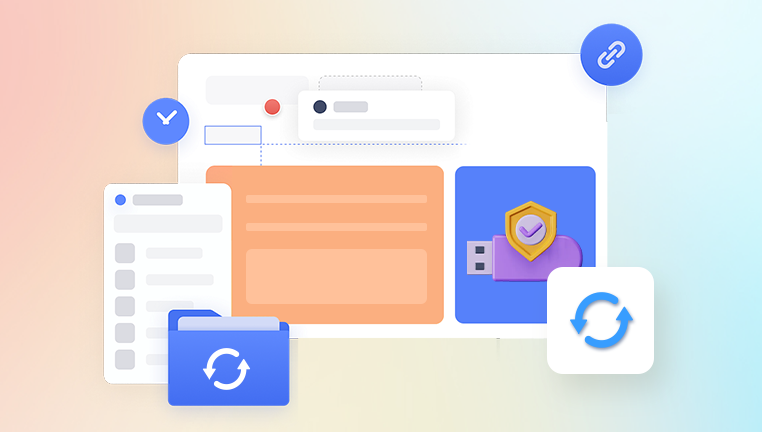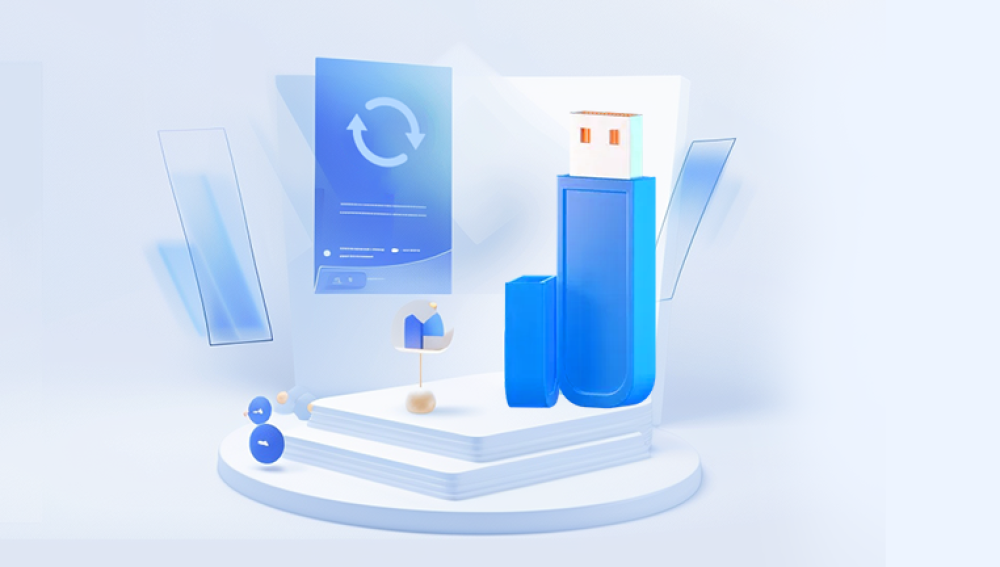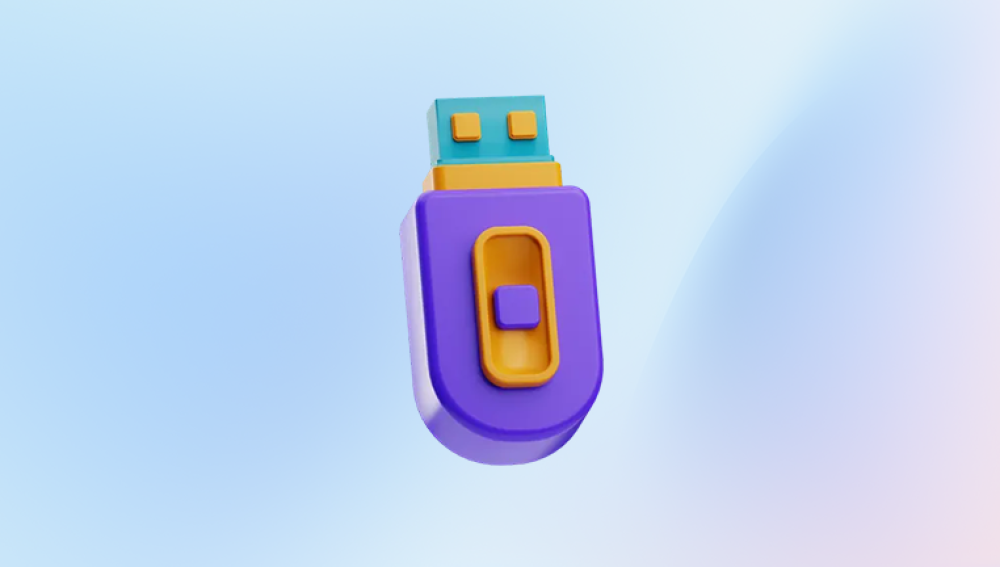Recovering files from a damaged USB flash drive can be a daunting task, but it is often possible to retrieve your data with the right tools and techniques. USB drives can become damaged due to various reasons such as physical wear, accidental deletion, corruption, or malware.
1. USB Flash Drive Damage
Before diving into recovery methods, it's important to understand the nature of the damage. USB flash drives can become damaged in different ways, and the recovery process will vary depending on the issue:
a. Physical Damage
Physical damage refers to situations where the USB flash drive is broken, bent, or has a damaged USB connector. This can prevent your device from being detected or make it impossible to access the data. Physical damage may also occur when the drive is dropped or exposed to extreme temperatures or moisture.

b. Logical Damage
Logical damage occurs when the file system becomes corrupted or there are issues with the partition table. This can make the drive unreadable by your operating system, even though the physical components of the drive are intact. Logical damage can be caused by improper ejection, power loss, virus infection, or file system errors.
c. Malware or Virus Damage
Sometimes, USB drives are infected with malware or viruses that corrupt the data or render the drive inaccessible. In such cases, malware removal tools may be necessary before data recovery can take place.
d. Accidental Deletion or Formatting
Another common issue is accidentally deleting or formatting the USB drive. In this case, the data is still physically present on the drive but is no longer accessible through regular means. File recovery tools are usually effective in this case.
2. Initial Troubleshooting Steps
Before jumping into recovery, perform some initial troubleshooting steps to determine the cause of the issue and rule out common problems.
a. Check the USB Port and Cable
Try plugging the USB flash drive into a different USB port or computer. Sometimes, the issue could be with the USB port or cable rather than the flash drive itself. If you're using a USB hub, try connecting directly to the computer.
b. Listen for Unusual Sounds
If your USB drive makes any clicking, beeping, or grinding noises, it could indicate severe physical damage to the internal components. In such cases, data recovery through software may not be effective, and you may need professional assistance.
c. Check the Drive in Disk Management (Windows) or Disk Utility (Mac)
On Windows:
Open Disk Management (Right-click on "This PC" and select "Manage," then go to "Disk Management").
Look for the USB flash drive in the list of disks. If it appears, note the status of the drive (e.g., "Healthy," "Unallocated," or "Raw").
On Mac:
Open Disk Utility (Applications > Utilities > Disk Utility).
Look for the USB flash drive in the sidebar. If it's listed, you can check the status and attempt to mount it.
d. Run a Virus Scan
If the USB drive is detected but the data seems inaccessible, run a full virus scan to ensure no malware is present. Malicious software can sometimes cause data corruption or prevent access.
3. Recovering Files from a Damaged USB Flash Drive
a. Use Built-In Tools
Both Windows and Mac have built-in tools that can help resolve issues related to logical damage or corruption.
For Windows:
CHKDSK Utility: The CHKDSK tool can scan and repair file system errors.
Open Command Prompt as Administrator.
Type the command: chkdsk X: /f (Replace "X" with the letter of the USB drive).
Let CHKDSK scan and fix errors. Once completed, check if the drive is accessible.
For Mac:
Disk Utility: If the drive appears in Disk Utility but is not mounted, you can attempt to repair the drive.
Open Disk Utility.
Select the USB drive and click on "First Aid" to repair the disk.
b. File Recovery Software
Panda Assistant is a powerful data recovery tool that can help you recover files from a damaged USB flash drive. Whether your USB drive has suffered from logical damage (corrupted file systems, accidental formatting, or deletion) or has physical issues, Panda Assistant provides an effective solution for retrieving lost files.
For logically damaged USB drives, Panda Assistant can scan the device for recoverable files, even if the drive appears corrupted or unreadable. The software supports a wide range of file types, from documents and photos to videos and audio files. It uses advanced algorithms to locate and restore data from drives that may not show up in your file explorer, offering a reliable recovery solution.
c. Data Recovery for Physically Damaged USB Flash Drives
If the USB drive is physically damaged, software recovery might not work. In such cases, you will need to contact a professional data recovery service. These services have specialized equipment and expertise to recover data from physically damaged drives.
Professionals can recover data from cases of:
Damaged USB connectors
Broken or burnt chips
Corroded or water-damaged USB drives
However, this option can be expensive and is often considered a last resort if the drive is physically damaged beyond repair.
d. DIY Techniques for Physical Damage
In cases where the physical damage is not extreme, there are a few DIY methods that might work. These techniques should be approached with caution, as they can sometimes make the problem worse.
a. Use a Different USB Port or Computer
Sometimes, a USB drive may appear damaged when it is simply not working with a particular computer or port. Try plugging it into different ports or another computer.
b. Freezing the Drive
In extreme cases of physical damage, some users have had success by freezing the USB flash drive for a short period (about 30 minutes). The theory behind this is that the cold temperature may cause the metal and components to contract, temporarily allowing for better connection. After freezing, immediately try accessing the data.
c. Re-soldering
If the USB connector is loose or broken, it may be possible to re-solder the connector to restore the connection. However, this requires technical expertise and equipment, so it’s recommended for advanced users or those with experience.
4. Preventing Future USB Flash Drive Damage
Once you’ve recovered your files, it’s important to take steps to prevent future damage to your USB flash drive:
Eject Properly: Always eject your USB drive safely from your computer to avoid file system corruption.
Back Up Data Regularly: Use cloud storage or an external hard drive to back up important files regularly.
Avoid Physical Damage: Store your USB drive in a safe, dry place. Avoid dropping it or exposing it to extreme conditions.
Use Antivirus Software: Protect your USB flash drive from malware and viruses by keeping your antivirus software updated.
Use a Quality Drive: Not all USB drives are created equal. Invest in a high-quality, reliable brand that has a good reputation for durability and performance.




